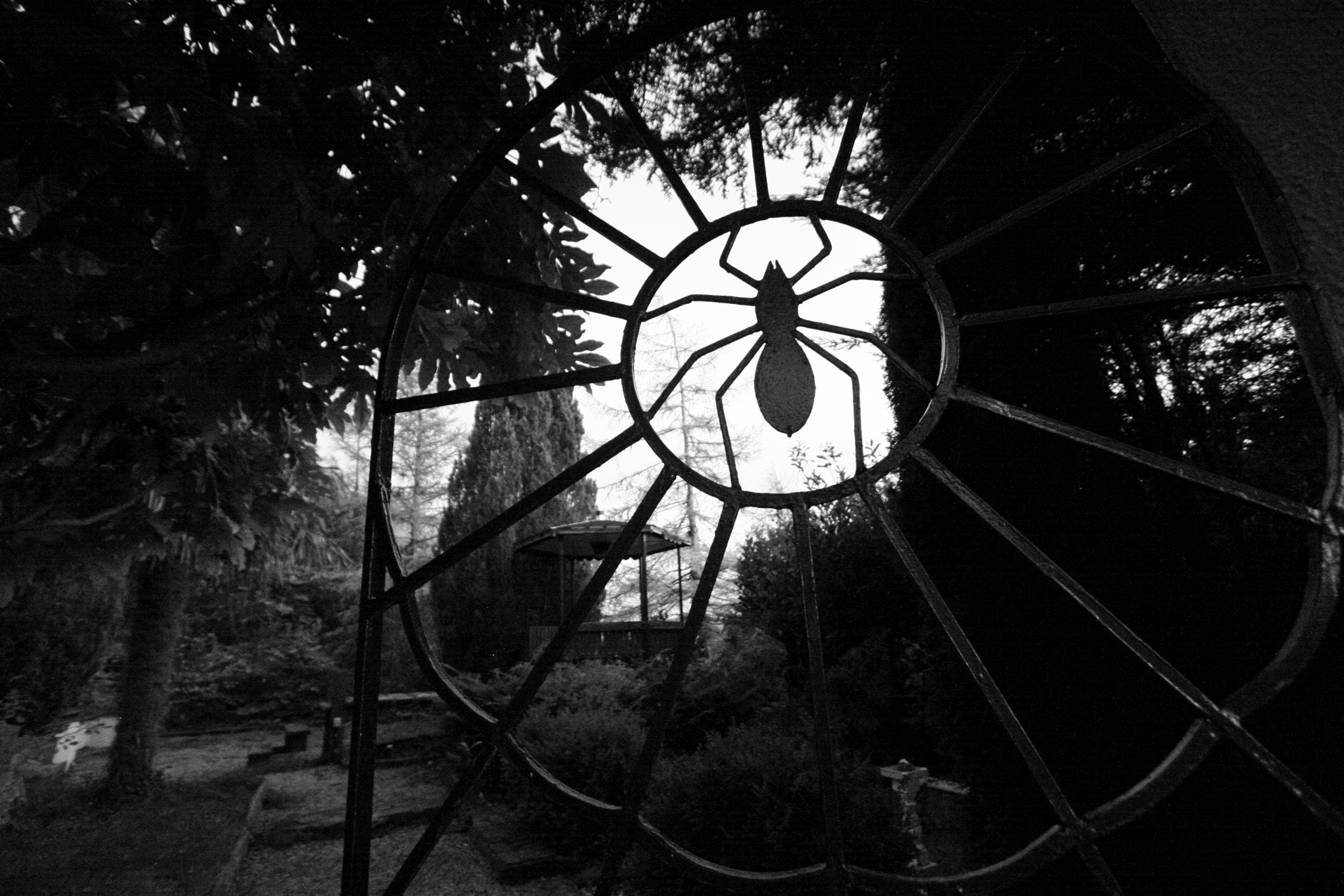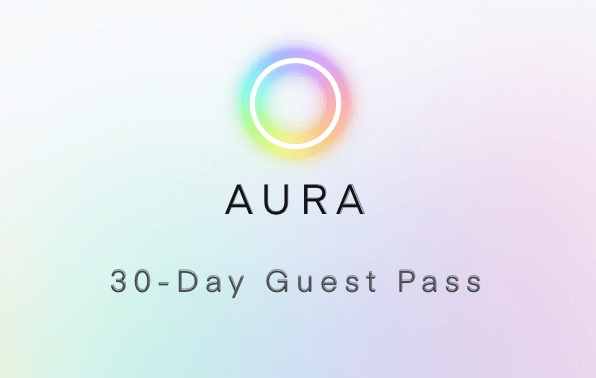I love you as certain dark things are to be loved, in secret, between the shadow and the soul. Pablo Neruda
It’s Halloween! Feeling spooky? Feeling scared? Looking over your shoulder? Cowering in the dark? Dressing up or dressing down? We have always celebrated Halloween here in Ireland and I have liked the associated festivities ever since I was a child, and still do, even though the more globalised, Americanised version that now dominates has displaced more traditional rites and rituals. My daughter, born in mid-October, considers herself a product of this bewitching season and thrills in anticipation months beforehand. Scary movies, ghoulish treats and effective costumes are the fuel for her wide-eyed imagination.
The Eve of All Hallows gets its name from the Christian festival of All Saints Day, which was officially instituted by Pope Gregory III in the 8th century and was perhaps a repositioning of a Christian Martyrs’ festival that had been held in mid-May since 341CE. Nominated to celebrate those who had ‘attained’ heaven, it was surely no coincidence that All Hallows nestled snugly alongside the pagan festival of Samhain (‘summer’s end’) which in Celtic tradition marked the beginning of the dark half of the year. The crafty Christians thought “what better way to indoctrinate non-believers than to superimpose our festival over theirs!”
Non-believers is a misnomer because the Celts, among other cultures in the world, were believers in multiple gods. They were imbued in the holistic, pastoral traditions that attributed different areas of life and nature and existence to different deities. Unlike the Christian tradition, they also embraced the idea of all-powerful female gods, figures like Danu the Earth Goddess and Cailleach, the Goddess of Winter. These were not insignificant points of difference.
It was in the area of the dead, however, where the two traditions shared the desire to demonstrate respect and honour those who had departed this realm to dwell in another. The Christian view saw their ancestors reside in the afterlife of Heaven, at God’s side and with his eternal blessing. The pagan view was that all realms were part of a greater whole, and one was not to be given greater significance over the other. It was their belief that at the time of the Samhain festival the boundary between the world of the living and the world of the dead was at its thinnest. It was on Samhain night – Oiche Shamhna (ee-heh how-nuh) in Irish – therefore, that the dead walked the earth.
The Halloween tradition of dressing up then, goes back to the Celtic desire to respect the ghosts and wraiths of their ancestors by echoing their deathly look in face and attire so as not to trouble them on their return to the land of the living. The sacrificing of animals also occurred at this time of year, when the livestock that couldn’t be kept safe through winter would be slaughtered in honour of the Winter Goddess. This led to Samhain also being sometimes called the Blood Festival. Our festive predilection for going around as ghosts and zombies and otherworldly creatures is very much earthed in these ancient beliefs and practices.
Otherworldly. That’s a good word. The idea of elsewhere. The idea of the ‘not here’ that also arguably incorporates the designation of that which does not belong here. That which should not be part of this world. Something unknowable and unnatural. Like a ghost. Or a member of the undead. A departed loved one. Or a deceased pet perhaps. They surely qualify as otherworldly.
One pagan tradition sees a dinner table set with one empty place for the dead to come and sit so that they may be remembered, celebrated and made feel welcome. Food and drink will be presented for them, songs sung and stories told by all in attendance to fully embrace and make tangible that which seems beyond us – that which we believe to be out of reach and far away from the limits of our comprehension. In those places, realms, and domains dwell entities and experiences that are not for us.
Unless…
…we are open to them?
The idea of a passageway between the living and the dead being as good as open once a year is a very stirring concept. It brings a provocation of fear and fascination, a thrill of vulnerability and morbid daring. If we enter a courtship with the unknown we leave ourselves bare. We detach from the safety and security of the familiar and cast ourselves unmoored into the darkness, not knowing if we will proceed on solid ground or fall endlessly into a dimension of ephemeral intangibility, the very nature of reality slipping between our desperately grasping fingers.
But what if we applied this occult logic to other areas of our lives? What if we thought not only in terms of the pagan and Christian worlds of the living and the dead but extended the concept to include all things in our lives that we feel are unattainable? For example, if you are someone who travels through life feeling weak or disempowered or perpetually compromised by an absence of strength, what if you started to think of strength as something that resides in another world, but that there is a passageway to that world that is available to you if you are open to it? The flipside of which belief is that the passageway is open to you.

The passageway is open to you.
Think on that. Where do you do want the passageway to lead? What doorway do you wish to open? Which portal will offer you connection to that which is not present? Ask yourself what you are open to. Ask yourself what you are willing to believe. Ask yourself what possible worlds you want to bring within your reach.
I think we live with a lot of closed doors. These doors are connected to our fears and our pain. They are connected to what we believe to be true about ourselves. They are connected to what we believe is possible for ourselves. They are things we treat as if they are dead and buried. They are our wraiths of hope and love. They are our demons of self-doubt and recrimination. If we can open and step through those doors, we can engage and become comfortable with what lies behind them.
By not opening those doors, we are limiting our existence to one of reduced dimensions. We are narrowing our vision and allowing our world to be defined only by the things we choose to look at. If we are willing to embrace the idea of being open, and that by being open, new existences may become possible, we can radically alter the scope of what we feel is possible for us.
Challenge yourself to name those worlds which feel beyond your reach. Love. Optimism. Positivity. Compassion. Forgiveness. Acceptance. Insight. Resilience. Defiance.
Openness.
At this time of year, when the denizens of the Otherworld walk among us, why not ask yourself who, or what, else you have consigned to the darkness. Try to see something that hasn’t been present. Try to make welcome the things that have departed. Try to embrace what might be possible, inside and out. Try to be open.
Happy Halloween! Go on, be a devil – give a ghost a kiss!



I just so admire and love your take on this Dara!!! Very insightful !! Once again thanks for that quiet moment when I can sit and ponder your ideas!! 🙏👻🙏🎃
Fair play Marts, always appreciate you tuning in.🎃🎃🎃